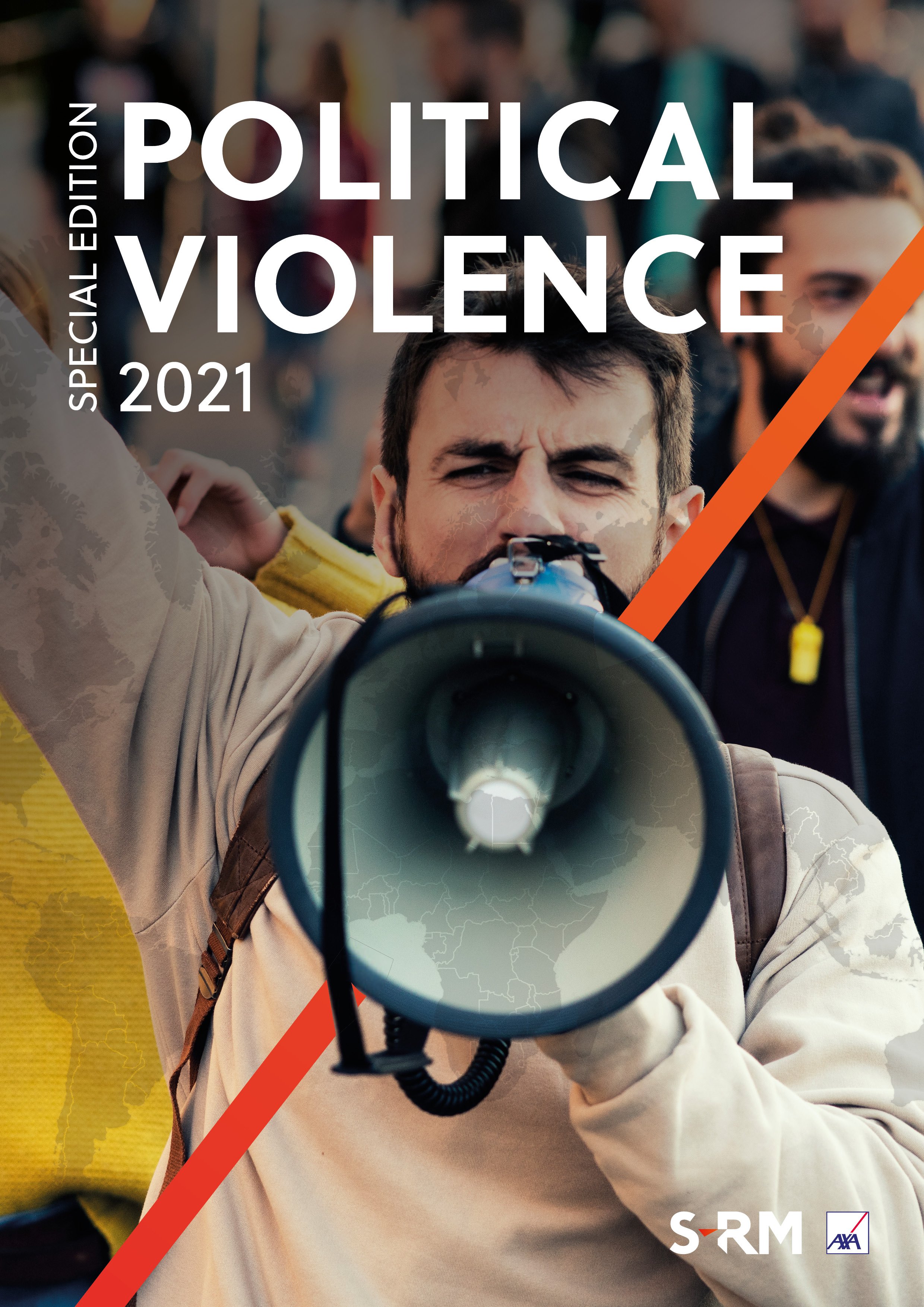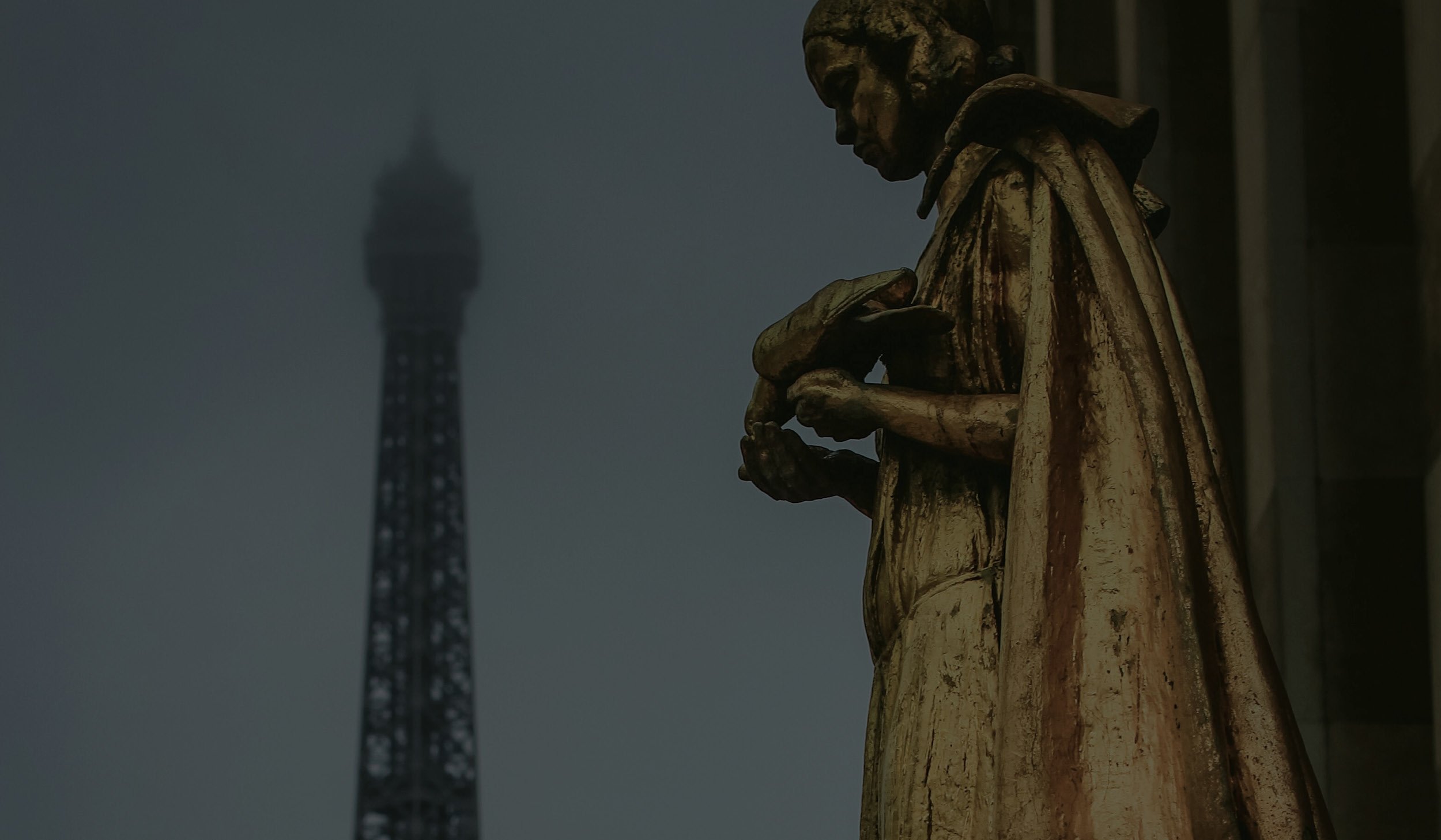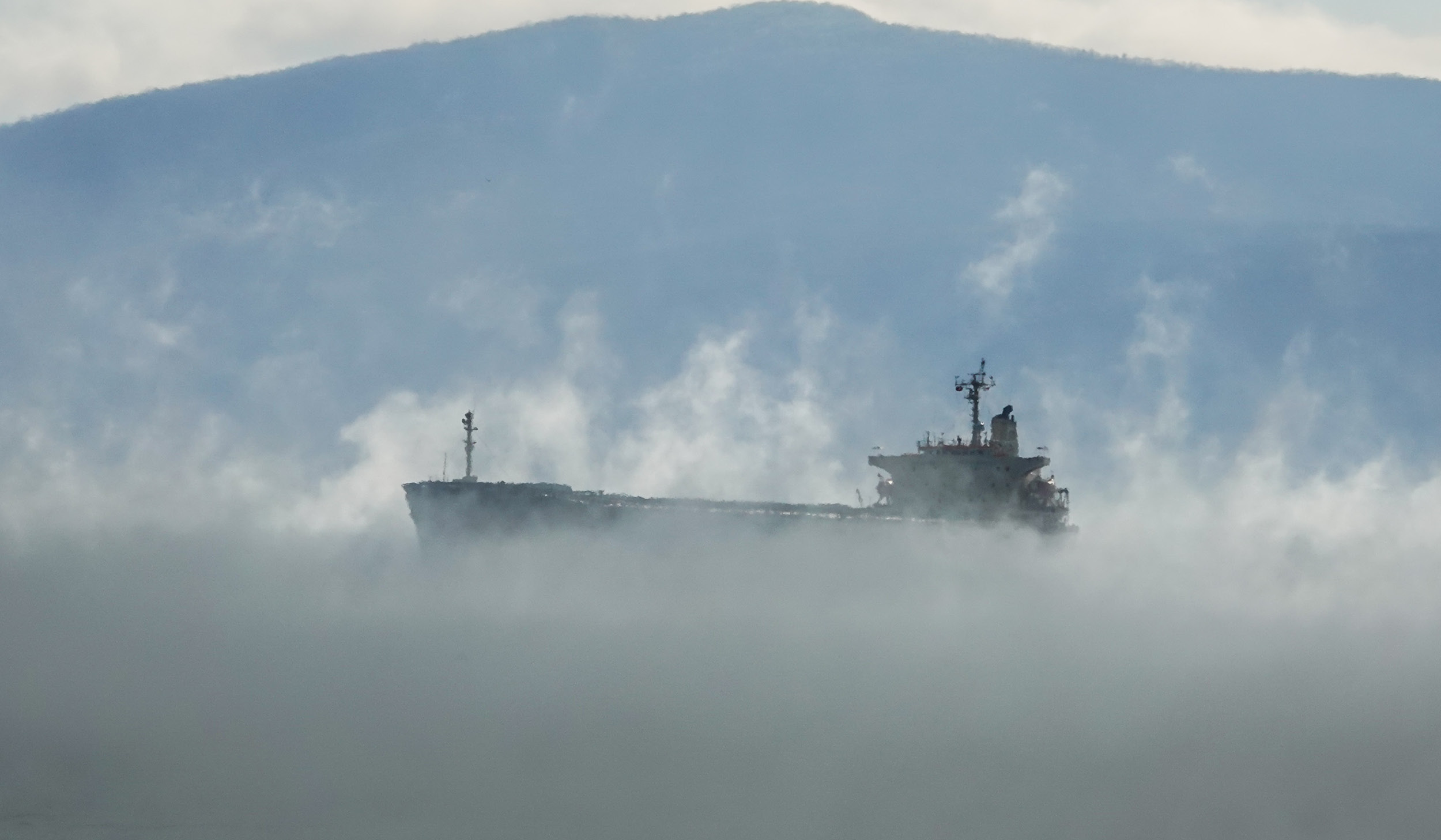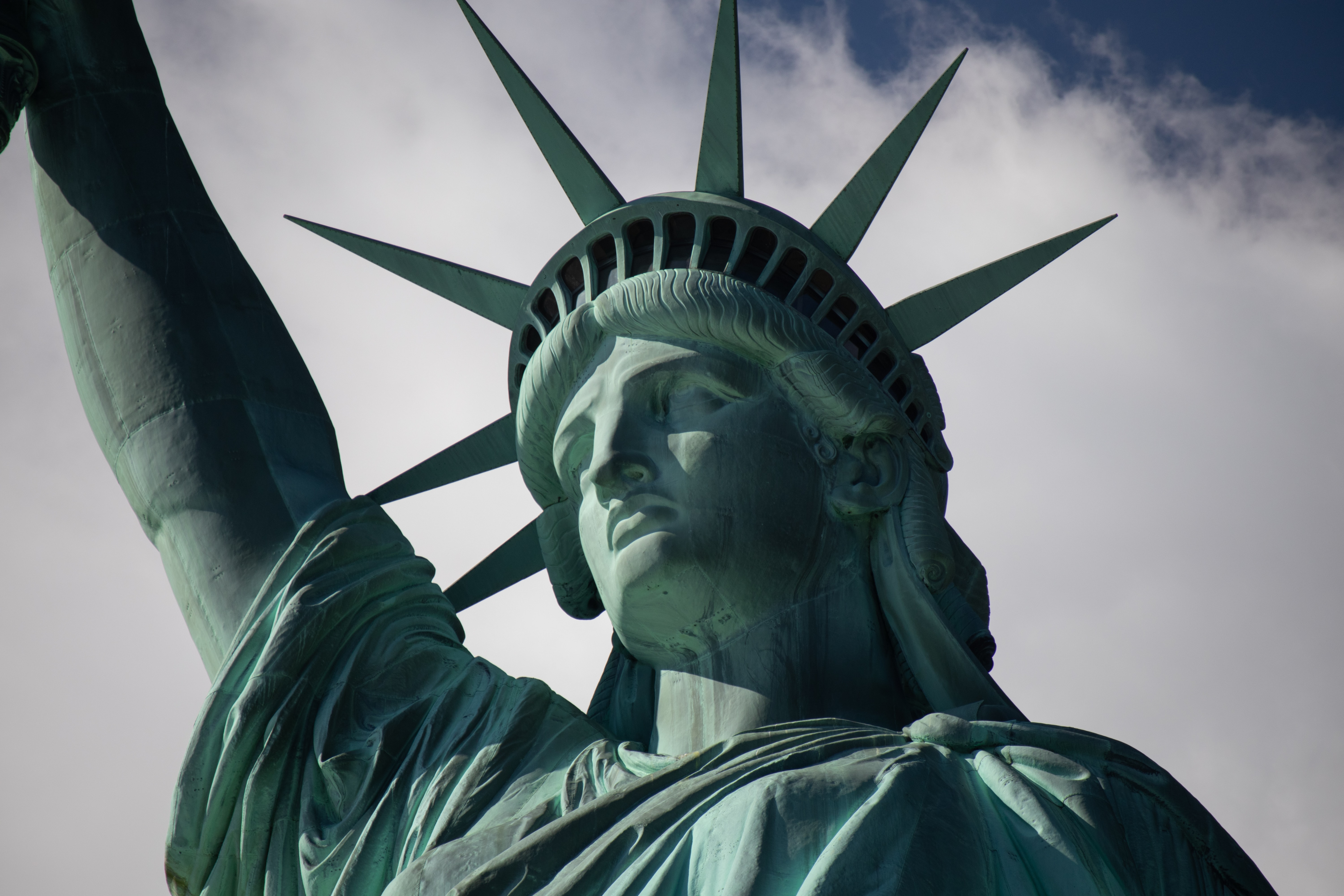The conflict between the Ethiopian federal government and the Tigray People’s Liberation Front centres on competing ideas on forms of governance. Darren Davids writes that although the conflict in the Tigray region is unlikely to cause a significant deterioration in the security environment of neighbouring countries, it will have considerable domestic implications.
On 4 November, the Ethiopian National Defence Forces (ENDF) launched a domestic military offensive into the Tigray Region in northern Ethiopia, after Prime Minister Abiy Ahmed claimed that the Tigray governing party, the Tigray People’s Liberation Front (TPLF), had attacked a military base in the region’s capital city, Mekelle. By 22 November, ENDF forces had reclaimed several towns from TPLF forces before surrounding Mekelle. Abiy issued an ultimatum to Tigrayan regional forces to surrender within 72-hours or face further military action. Subsequently, on 25 November, the ENDF launched a “final offensive” against TPLF forces. By 28 November, ENDF claimed to have captured Mekelle, with Abiy declaring victory over the TPLF and an end to the offensive. However, despite Abiy’s claims of victory, the recent military operations in the Northern region are likely to have significant impacts for the country.
Amid the recent hostilities between the ENDF and TPLF, hundreds of people have been killed and as many as 50,000 refugees have fled into neighbouring Sudan. The conflict has ignited fears of growing regional tension and a humanitarian crisis in the Horn of Africa. The African Union (AU) has deployed envoys to Addis Ababa to mediate in the crisis. However, Abiy has rejected calls for international mediation and insisted that the military action is a domestic “law enforcement operation”.
“The TPLF maintains a fighting force of approximately 250,000 formal and informal paramilitary forces; this coupled with extensive knowledge of the region and the ability to leverage support from local communities could see the TPLF sustain a guerrilla campaign in Tigray which could extend several years. “
A divided Ethiopia
The Tigray Region is one of 10 semi-autonomous federal states organised along ethnic lines in the country and is home to mostly Tigrayan people who make up approximately 6 percent of Ethiopia’s 110 million population. Between 1989 and 2018, the TPLF had led the federal government, exercising control over the ruling coalition, the Ethiopian People’s Revolution Democratic Front (EPRDF). Although the EPRDF comprised four parties, delineated along main ethnic groups and their regions, the TPLF dominated the coalition, enjoying near full control of the government and state security apparatus for more than 30 years.
This disproportionate TPLF power has long encouraged grievances within Ethiopia’s other regions, most notably in Oromia and Amhara. These regions experienced widespread protests, initially started over land rights in 2015 but later broadened to include calls for greater political representation at the national level, the release of political prisoners and the resignation of then Prime Minister Hailemariam Desalegn by 2018. Amid the backdrop of the 2018 unrest, Abiy, who originates from the Oromia Region and was widely perceived by the public as a consensus-based candidate who could bring Oromo and Amhara issues to the fore, assumed leadership of the EPRDF. Abiy had campaigns to ensure greater ethnic unity and Ethiopian nationalism, and increased Oromo and Amhara representation in government. Furthermore, Abiy has since pushed for a more centralised state system in which ethnicity plays a far less prominent role in government representation.
After assuming leadership of the EPRDF and Prime Minister of Ethiopia in 2018, Abiy redistributed power within the EPRDF and away from the TPLF with the support of his deputy Prime Minister, Demeke Mekonnen, and the Oromo Democratic Party (ODP), one of the major ethno-ruling parties representing the largest ethnic group, the Oromo people. Among other reforms, Abiy and the reformed EPRDF sought to free political prisoners and journalists, unban political parties, and sign a peace deal with Eritrea that ceded parts of the Tigray Region to Eritrea – a move the TPLF opposed. Abiy also embarked on an anti-corruption drive, which disproportionately targeted TPLF members – a move which many Tigrayans perceived as politically motivated. These reforms significantly upended long established power dynamics which had largely benefitted the TPLF and ethnic Tigrayans. In November 2019, Abiy dissolved the EPRDF and merged the three ethno-ruling parties, the ODP, the Amhara Democratic Party (ADP), and the Southern Ethiopian People's Democratic Movement (SEPDM), as well as several other smaller parties into a united Ethiopian Prosperity Party (EPP). The TPLF was the only party who refused to participate in the transformation of the EPRDF and declared the move illegal.
The relationship between the federal government and the TPLF further deteriorated after the TPLF held the regional assembly elections on 9 September 2020, despite the federal government’s orders to delay elections due to the COVID-19 pandemic. The federal government refused to recognise the election outcome and suspended funding to the region. TPLF leaders said that the move by the federal government was “tantamount to a declaration of war".

Clashes in Tigray and the potential for regional spillover
The military operation has drawn Eritrea into the conflict – this is unsurprising given the TPLF had been the leading force during its two-decade long war with Eritrea. Eritrea, who remains antagonistic towards the TPLF despite signing a peace agreement with Ethiopia in 2018, has given military support to the federal government. Since fighting broke out, the TPLF has fired rockets into Eritrea on several occasions, targeting the capital Asmara and the airports of Bahir Dar and Gondar in Amhara regional state. Despite the ongoing communications blackout in the region and with roads in and out of the region closed, credible reports indicate that Eritrean forces are fighting against the TPLF while the Ethiopian government has admitted that it occasionally used Eritrean territory to regroup and target Tigrayan forces.
Despite Abiy’s claims of victory, fighting has been ongoing. Tigray regional president Debretsion Gebremichael has said that his force “will continue until the invaders are out.” While the ENDF, with the support of Eritrea, is likely to have the military advantage against the TPLF, the TPLF forces remain committed to the fight. The TPLF maintains a fighting force of approximately 250,000 formal and informal paramilitary forces; this coupled with extensive knowledge of the region and the ability to leverage support from local communities could see the TPLF sustain a guerrilla campaign in Tigray which could extend several years.
A protracted conflict in Tigray will present severe security challenges for Ethiopia. The conflict threatens to draw in fighters from neighbouring regions which will exacerbate ethnic and regional tensions. Furthermore, Tigray and its regional neighbour Amhara are embroiled in a long-running dispute over land along their shared border, which could draw Amhara militia into the conflict. Thousands of Amhara militiamen have already entered Tigray to fight alongside ENDF forces, according to some reports.
Investors watch with bated breath
Over the last decade, Ethiopia has become a major investment hub fuelled by substantial public infrastructure investment, and the privatisation and liberalisation of key sectors of the economy. Investment has helped transform Ethiopia from one the world’s poorest and famine-prone countries to one of Africa’s fastest growing economies, averaging at 9.8 percent GDP growth per year between 2009 to 2019. Yet, the potential for sustained fighting in northern Ethiopia could unnerve investors and the international community amid new concerns over Abiy’s alleged crackdowns on political opponents, journalist, activists, and business leaders. Since the fighting began the EU, whose member states rank among some of Ethiopia’s largest trading partners, has threatened to withdraw budgetary support from the Ethiopian government to pressure it into halting its military clampdown in Tigray. Members of the European Parliament have also raised the prospect of implementing “individual targeted measures”, including sanctions, if widespread human rights abuses are uncovered.
Several compounding challenges including the economic impact of the COVID-19 pandemic, the conflict, and Abiy’s perceived growing authoritarianism will likely dampen investor appetite. The conflict in Tigray bodes poorly for the government which has been eager to lure investment into the country amid its rapid liberalisation drive. Multinational companies have been particularly interested in the country’s ongoing liberalisation of its telecommunications sector. Although authorities have stated that the conflict is unlikely to affect the ongoing liberalisation process and wider business reforms, senior officials will likely be distracted by the events in Tigray. Officials have already missed several deadlines in the liberalisation process – the most recent one being in April – for the sale of a stake in the state owned-telecoms company Ethio Telecom.
The path aheadAlthough the regional security environment is unlikely to significantly deteriorate, the TPLF could sustain a guerrilla campaign in the region for several years. The conflict has already damaged Abiy’s image as a reformer. A sustained insurgency and the resultant military action could contribute to further displacement of civilians, increased ethnic polarisation, and the diminished attractiveness of Ethiopia as an investment destination. |




 Email Darren
Email Darren





 @SRMInform
@SRMInform
 S-RM
S-RM
 hello@s-rminform.com
hello@s-rminform.com

